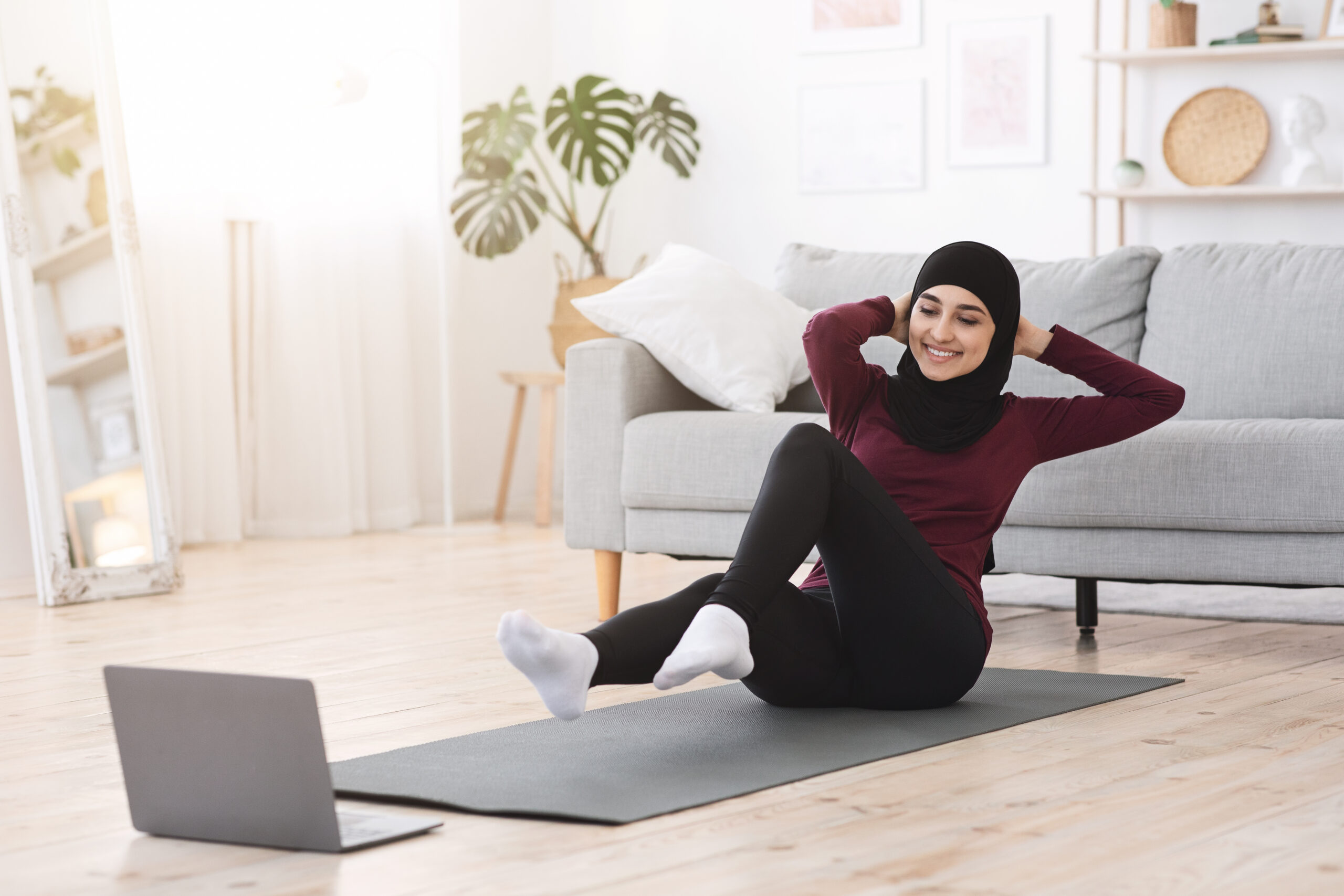Fitness coach Nazia Hassan’s ideal workout schedule during Ramadhan
ANN/THE DAILY STAR – Ramadhan poses a distinctive set of hurdles for individuals striving to maintain or initiate a fitness regimen. With fasting from dawn until sunset, abstaining from food and water intake during daylight hours can complicate the determination of the ideal exercise timing.
Nazia Hassan, a renowned fitness coach and nutrition expert, provides invaluable insights into navigating these obstacles, ensuring a harmonious alignment of our spiritual journey and fitness objectives. The shift in daily routines during Ramadhan impacts our body’s energy levels and hydration status, underscoring the importance of selecting the appropriate time for workouts to ensure effective exercise without jeopardising our fast.
Hassan delineates three optimal times to contemplate for incorporating workouts into your Ramadhan schedule, each offering unique benefits and considerations.
She suggests the first option is to exercise one or two hours before iftar. “This way, we don’t have to wait a very long time to break our fast,” Hassan explained. However, the fitness coach also cautions about potential downsides, including feeling thirsty during workouts and the inability to exert maximum energy due to fasting. Despite these challenges, this timing allows for a direct transition from exercise to nourishment, aligning well with the day’s fasting cycle.
The second window opens two to three hours after iftar, offering a prime opportunity for more vigourous exercise. Hassan recommends a light but protein-rich iftar, including yoghurt, eggs, and electrolyte drinks, to prepare our body.
“You should wait for two to three hours before you do your workout,” she advised. This timing ensures that our stomach isn’t empty, enabling us to push ourselves further with the energy derived from our iftar meal.
For night owls, Hassan proposes a third option: working out two hours before sahur. This timing is particularly beneficial for those who stay awake late or sleep after sahur, as it allows for ample hydration before the day’s fast begins.
“The timing is excellent because you can drink plenty of water during that and after finishing your workout, you can give your body the nutrition it needs with sahur,” Hassan explained. This approach ensures our body is well-hydrated and nourished, supporting recovery and energy for the following day.
Hassan emphasises the importance of personalisation in finding the most suitable workout time during Ramadhan.
“We all have different goals and there might be lots of trials and errors; nevertheless, find the routine that works for you and stick to that,” she encouraged.
Experimentation and adaptation are essential to discovering a fitness routine that aligns with our body’s needs and spiritual commitments.
Moreover, hydration plays a fundamental role in our Ramadhan fitness journey. “From the time of breaking your fast to fasting again, remember to drink plenty of water and anything to keep yourself hydrated,” Hassan recommended.
Maintaining hydration levels between iftar and sahur is vital for sustaining our exercise regimen and overall health during the fasting month.
That said, determining the best time to work out during Ramadhan requires understanding our body’s needs and adjusting our fitness goals accordingly. Whether before sahur or after iftar, the optimal time varies for each individual.
By listening to our body and embracing the holistic spirit of Ramadhan, we can maintain a balanced and fulfilling fitness routine that complements both our physical and spiritual well-being. – Ayman Anika








